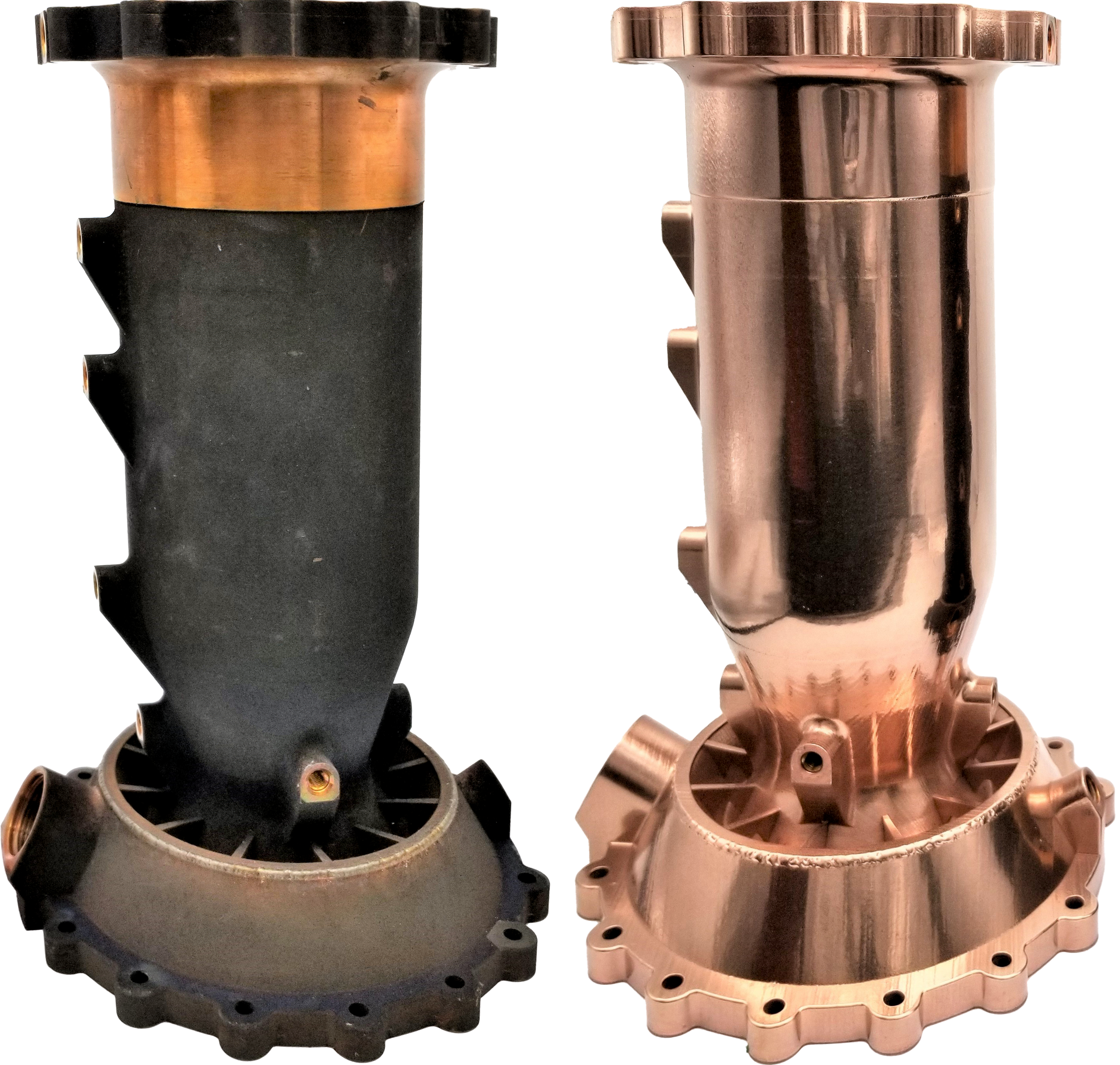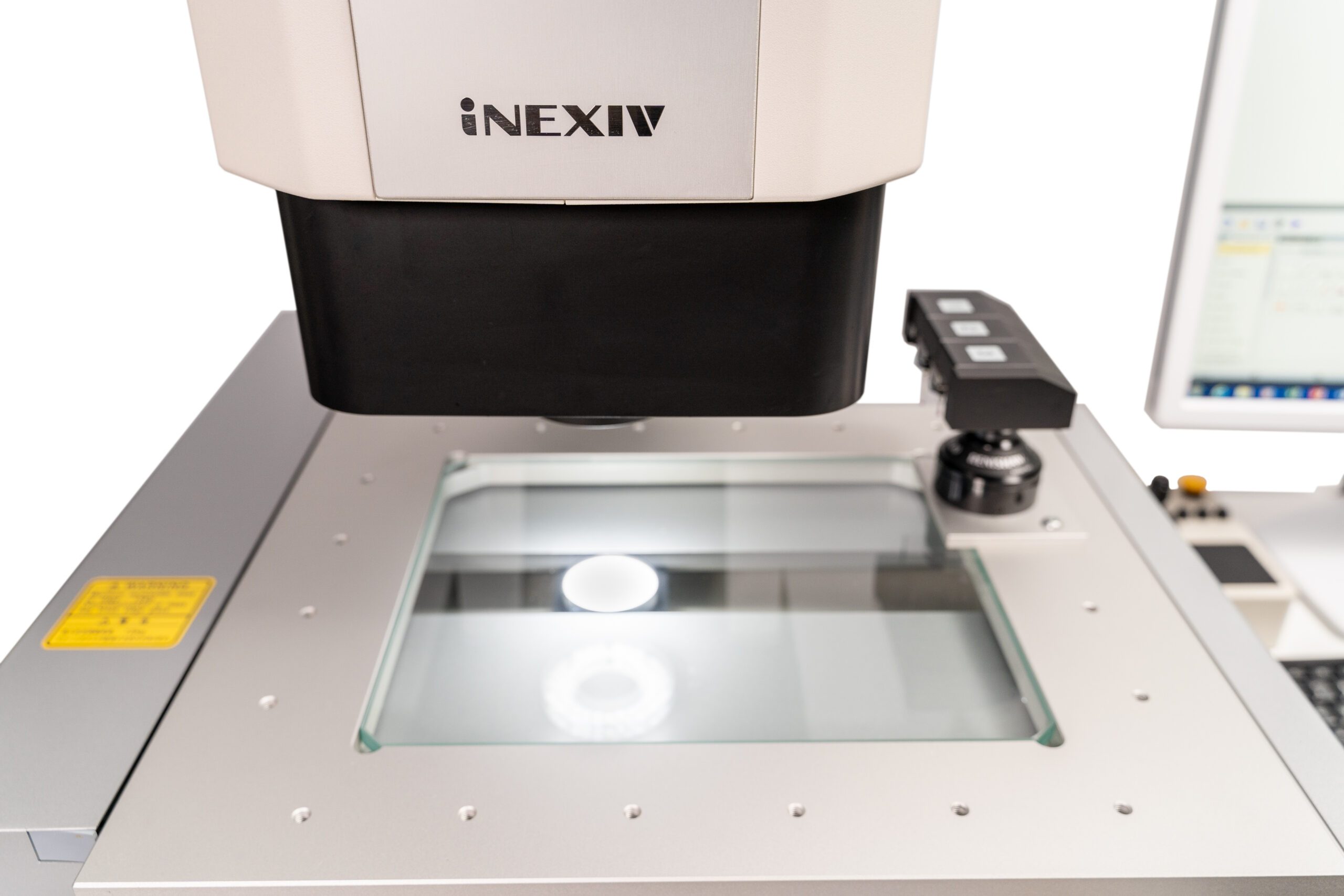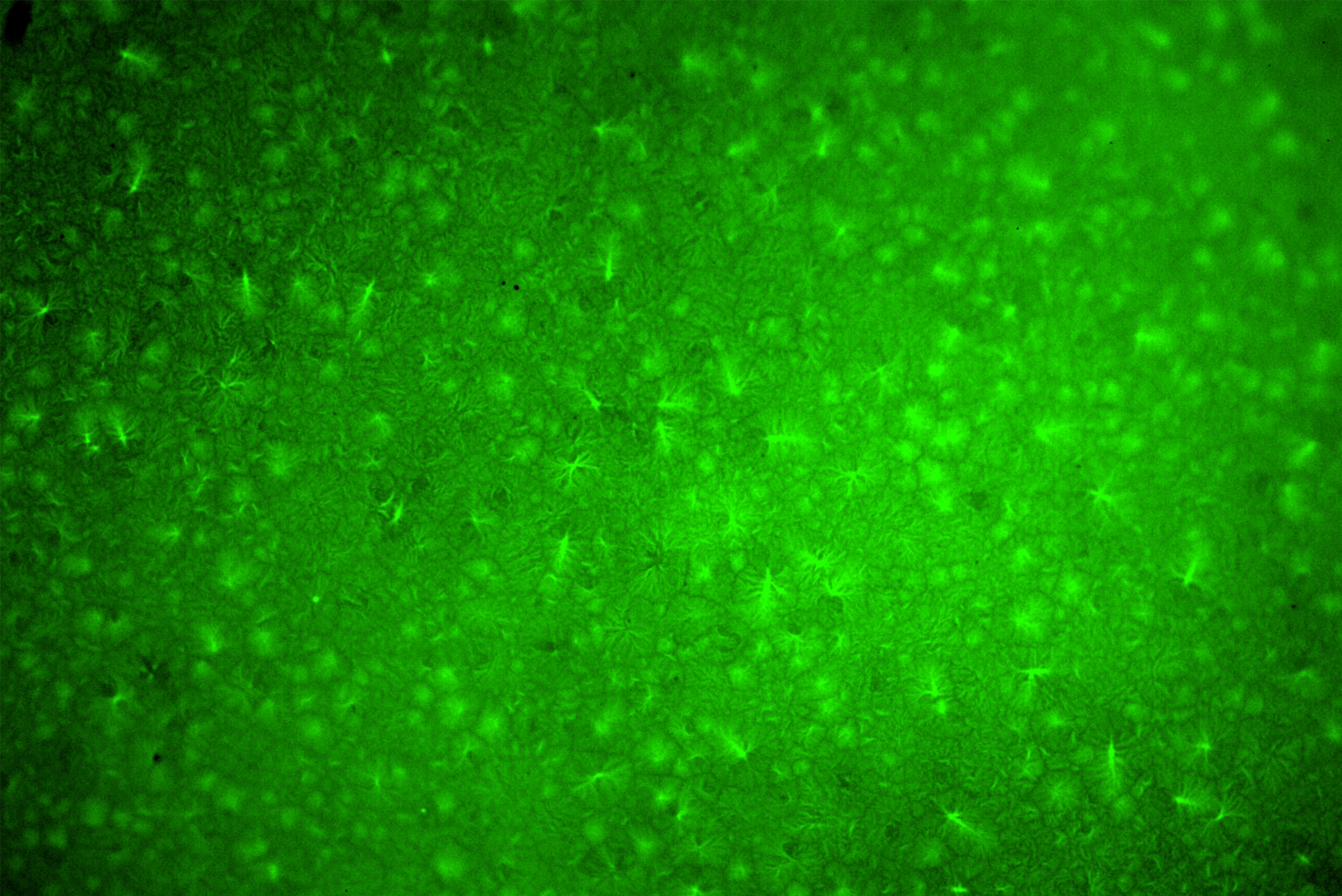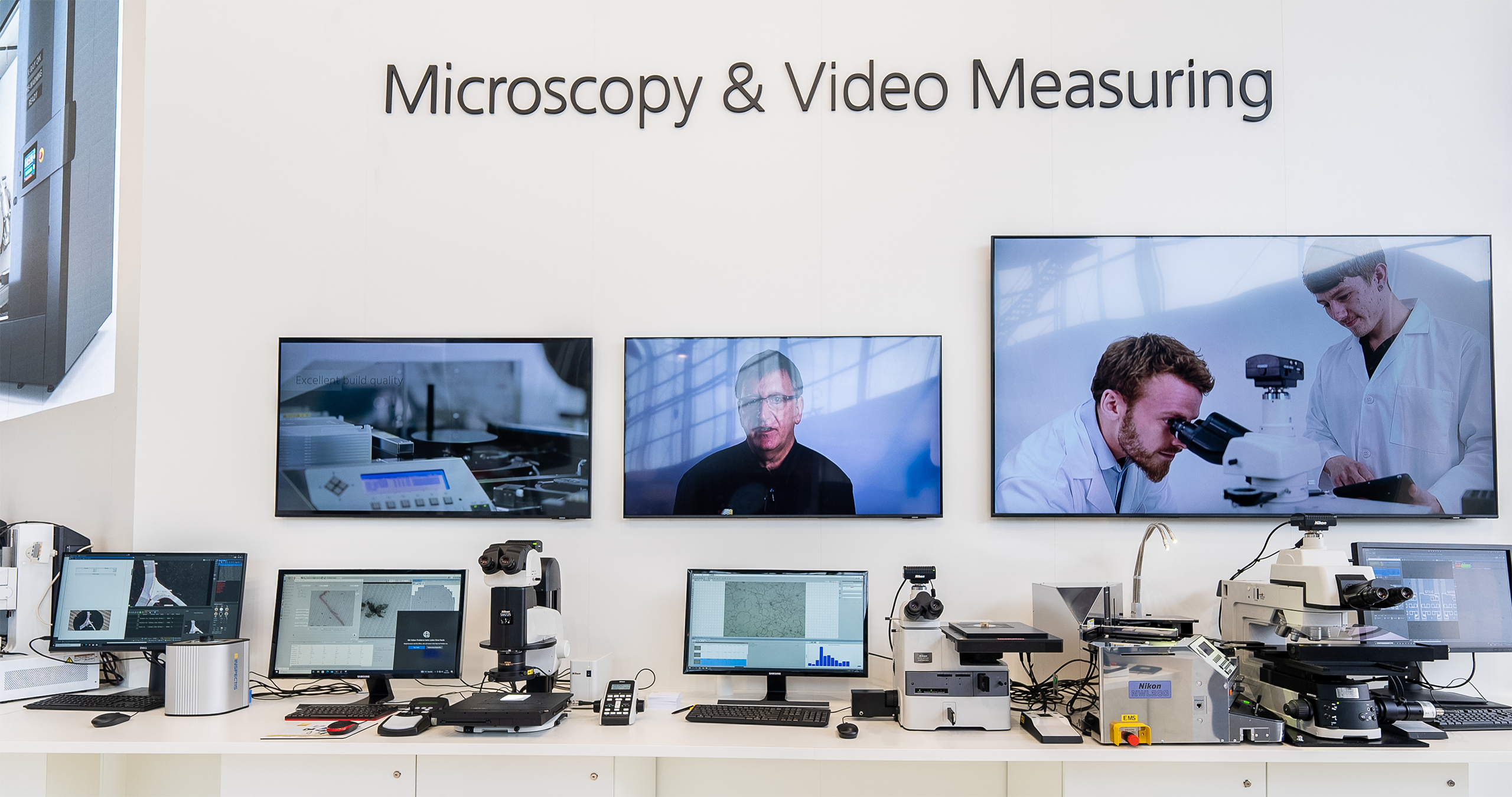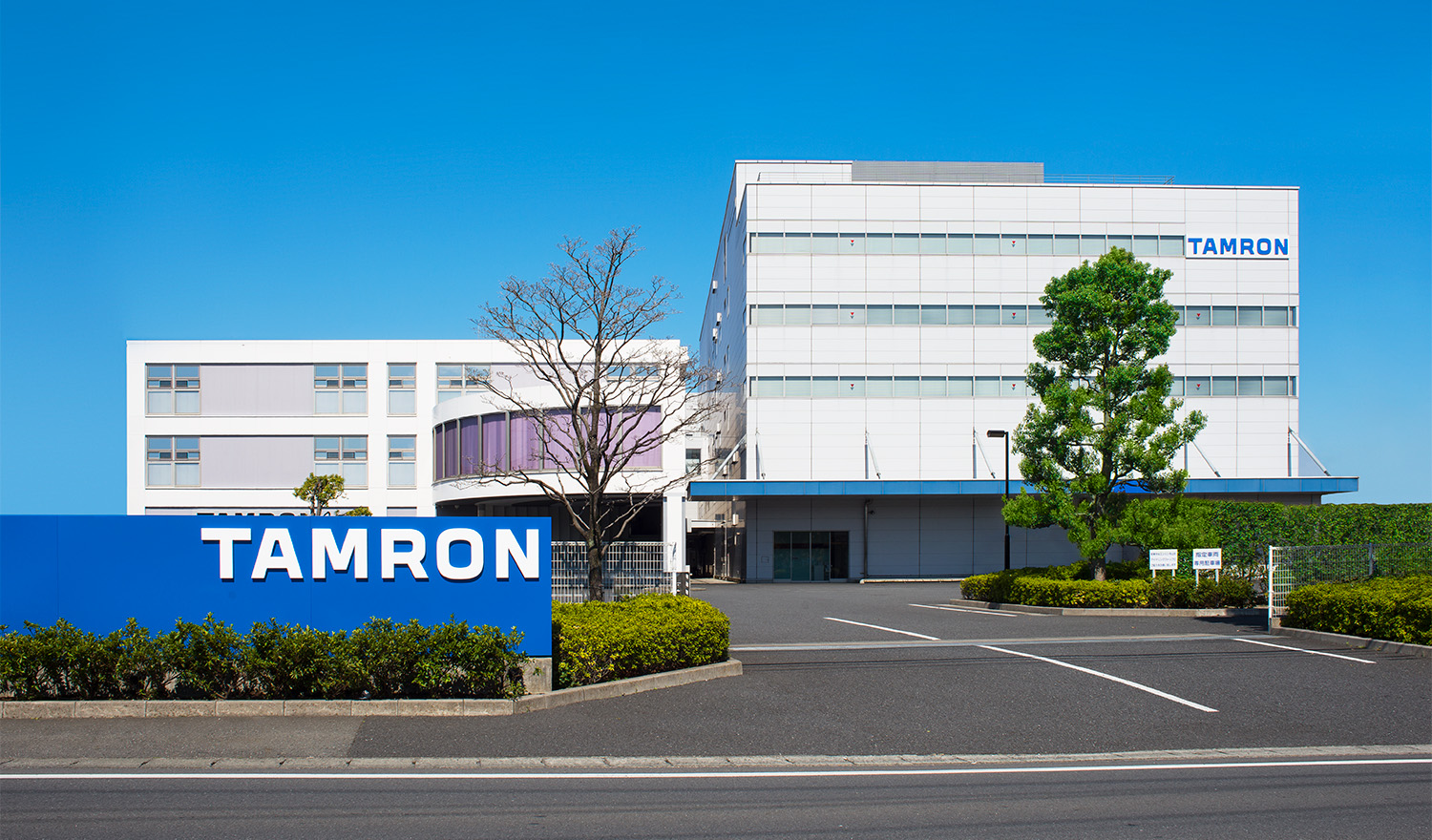Nikon’s X-ray computed tomography (CT) technology has enabled the French Alternative Energies Agency and Atomic Energy Commission (CEA) to develop their unique and highly challenging inspection processes for gas vessels and hydrogen tanks over two metres tall, while simultaneously saving the company money, which CEA says can be invested in better technologies for the future.
As a key player in nanoscience, astrophysics, alternative energies, energy storage, and digital transformation technologies, CEA has gained a crucial advantage through its partnership with Nikon and its configurable large-envelope CT scanning system. This advanced imaging solution, featuring dual micro-focus sources (450 kV and 225 kV), has empowered CEA to analyse the delamination, fibre direction, and thickness of these vessels and tanks, which are critical in the development of renewable energies and the optimisation of hydrogen storage and transportation.
CEA is well-positioned in major areas of innovation for future industry demands and its research is of paramount importance worldwide in developing renewable energies. The non-destructive testing lab at CEA commands a vital role in this latest project, researching new materials for the storage and transportation of hydrogen.
Objects such as gas vessels and hydrogen tanks will be subject to non-destructive testing in the NDT lab. These products are commonly made from stainless steel or carbon fibre and often manufactured by rotational moulding and organic matrix with fibre reinforcement by AFP (automated fibre placement) over a polymer liner. A stainless-steel valve ensures the vessel-system interface.
For these manufacturing methods inspecting the delamination, fibre direction, thickness, and interface between metallic and composite parts is crucial.
The challenges of hydrogen storage and transportation
Hydrogen is a very challenging gas to transport. It can be stored at a low pressure, but that means it needs to be stored at a very low temperature (-252.87°C). That, however, is not convenient for general purposes, particularly in automotive range extenders, for example. An alternative solution is to store hydrogen at a high pressure and ambient temperature. At 700 bar, hydrogen has a 42 kg/m3 density compared to 0.090 kg/m3 at normal pressure and temperature. At this pressure, 5 kg of hydrogen can be stored in a 125-litre tank.
Today, most car manufacturers have opted for the high-pressure gas storage solution, a significant advancement in hydrogen storage technology. This method efficiently stores the necessary amount of hydrogen for a fuel cell-powered car to travel 500-600 km between refuelling. However, at this pressure, any delamination or crack in the inner chamber can lead to a hydrogen leakage, underscoring the importance of thorough material testing for gas vessel integrity.
Previously, CEA used low-resolution mini-focus X-rays to carry out some NDT tests. Three views at 120° were acceptable for general analysis but couldn’t be relied on to provide enough detail on the fibre orientation, inner health analysis, foreign materials, delamination and any other indication to check the tank integrity.
The introduction of the unique micro-focus 450 kV rotating target Nikon source facilitates simultaneous scanning of dense materials such as the stainless-steel flanges and unique details in the carbon fibre assembly. The panel width extension, combined with the tall scan ability of the versatile large-envelope system provides a unique advantage of high-resolution scans (more than 700 mm in diameter and 2 m tall) for the larger gas vessels.
Standard solutions were enough for the first engineering steps. However, to optimise the vessel’s design and the last steps of R&D, it is vital to gain a far more detailed insight. Moreover, with the highest resolution, potential defect indications can be detected and evaluated before and after stress tests (mechanical, pressure, and shock).
Identifying the best large-envelope CT configuration
Initially, some trials were carried out at Nikon’s facility based in Tring, UK, where the X-ray CT systems are designed and manufactured. Based on these experiments with all the Nikon technology, the best combination was identified. The configuration CEA decided upon features a 450 kV rotating target source, a helical scanning technique, and a high-resolution detector.
The biggest challenge was to penetrate the large thickness of composite material on the inside chord on each side of the tank and obtain enough signal combined with the best resolution. This is where the composite’s layered structure contributes to the CT reconstruction. The 450 kV microfocus tube helps tremendously: it brings much more energy and intensity than the 225 kV tube, with a limited contrast loss between fibbers and organic matrix.
After identifying the best technology for the application, it was a matter of configuring the standard base large envelope system to add some vertical travel. The configurable system needed to be able to hold dual sources (450 kV – the 450 kV source is legally limited to 430 kV in France – and 225 kV), and compatible with sample dimensions (300 to 700 mm in diameter and over 2 m tall) by having only one position to scan the whole height, whilst simultaneously achieving a resolution of 50 μm on large samples, to detect the finest details in the thick composite samples.
Nikon delivers a versatile solution for CEA
“Nikon was able to fulfil the technical requirements, able to propose a versatile system with a high-quality granite base and its mechanically robust solution but especially with dual microfocus source 225kV/450kV and a tailor-made height capacity to cover all our applications,” says Francois Guillet, CEA’s Non-destructive Testing Project Manager. “Moreover, this system was specifically designed to fit in our existing shielded enclosure. It saves a lot of money, which is better invested in technology.”
CEA consulted a variety of competitors, but at the time, they were still trying to achieve the requested spatial resolution required to resolve the finest details as expected. Nikon managed to fulfil the technical requirements to propose a system able to combine a high-quality grade manipulator (granite base and mechanically robust solution) with high-resolution microfocus dual sources, which has a unique 450 kV rotating target offering the smallest focal spot at high energy with a continuous flux.
The results met CEA’s expectations, and only Nikon could achieve such a high level of detail while providing sufficient energy to penetrate the tank’s material. Moreover, this system was specifically designed to fit a pre-existing walking room despite an overall height of 4 m.
Being able to configure a bespoke X-ray CT system fully, CEA meets all criteria for a unique yet demanding NDT application and inspection. In this critical application, detail is key. The bespoke large-envelope system with a dedicated height design allows CEA to check the complete integrity of a large 700 mm diameter and over 2 m tall hydrogen tank in multiple high-resolution and high-energy scans. This way, investigations are deeper and can accelerate the understanding of manufacturing processes. Without this, destructive testing may be necessary, which involves cutting parts. In the end, this saves a lot of time in the inspection process.
With a unique and winning combination of a system offering high energy and high resolution for such height in complex materials, the installation also provides new possibilities for future projects, brings the results of research to alternative energies, and helps to design green tech solutions with renewable energies and potential material research in the future.



